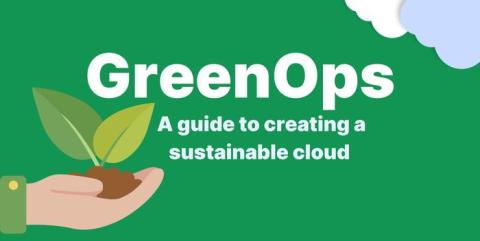GreenOps - a guide to creating a sustainable cloud
Green Operations (GreenOps) is an approach to creating an eco-friendly cloud. The aim is to minimize energy waste, increase renewable resources, and decrease their carbon footprint on the planet. Several public cloud providers are aiming to become carbon-negative. By 2030, Google Cloud plans to operate on carbon-free energy around the clock. Microsoft Azure has committed to being carbon-negative by 2030, and AWS aims to run its operations on 100% renewable energy by 2025.











